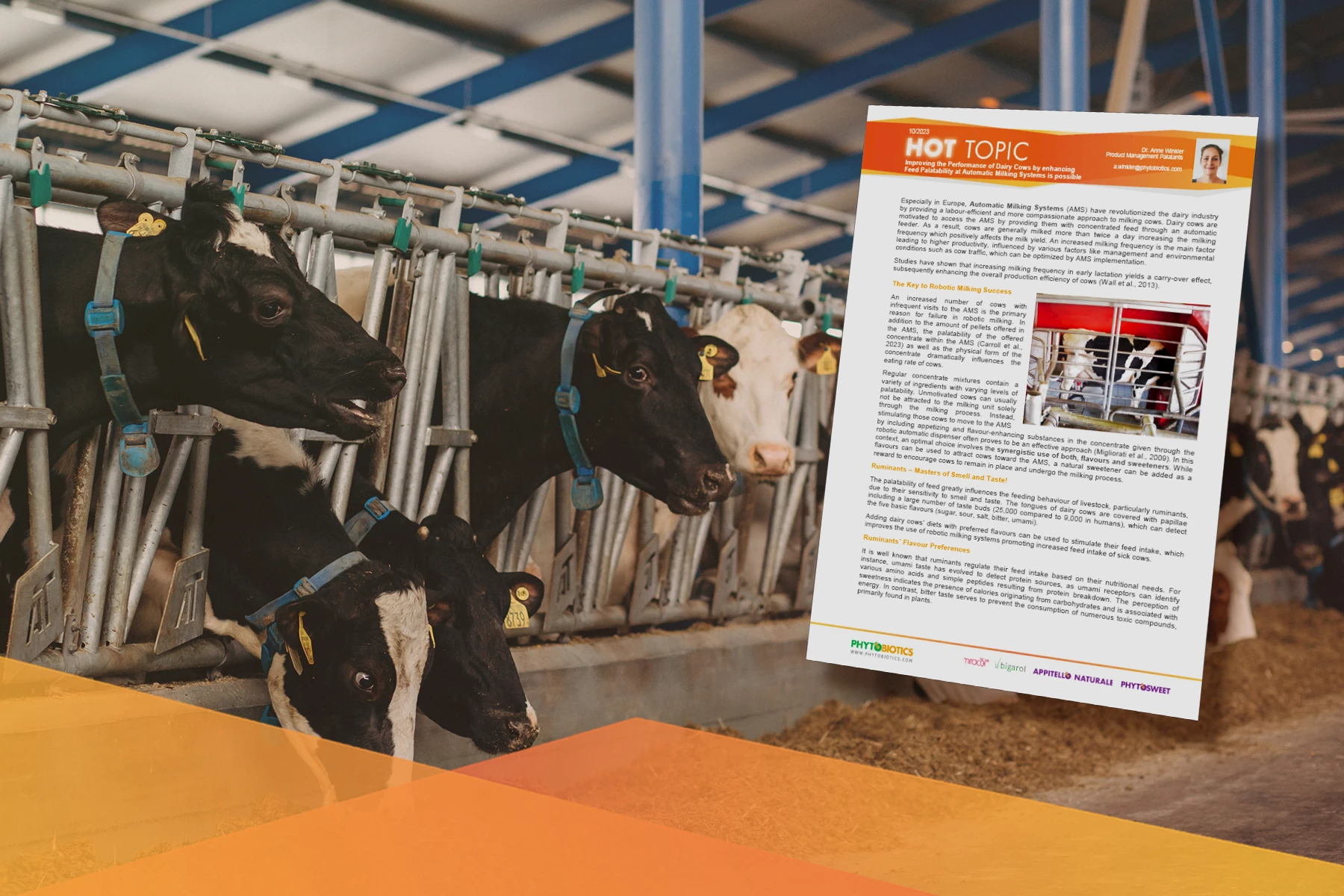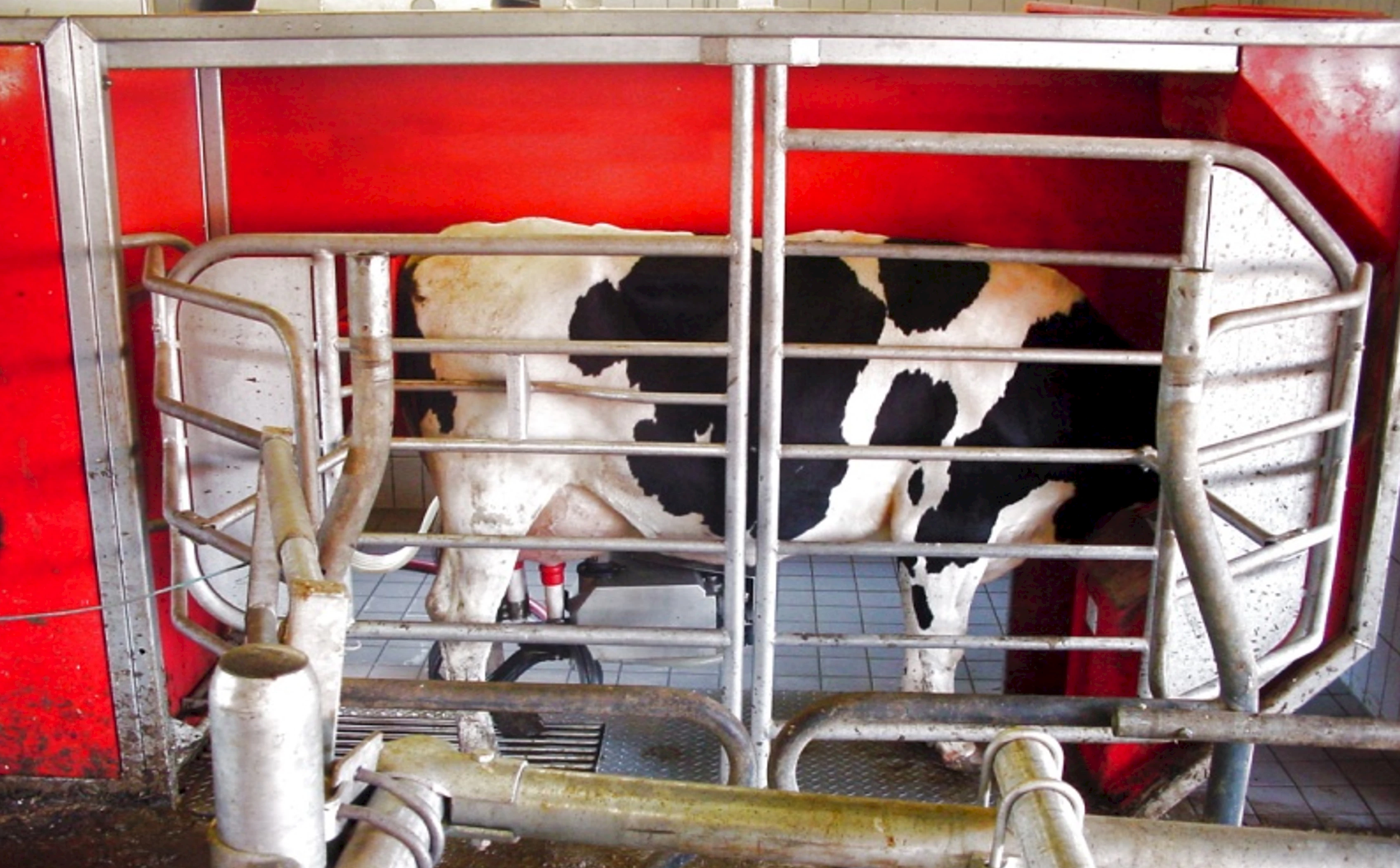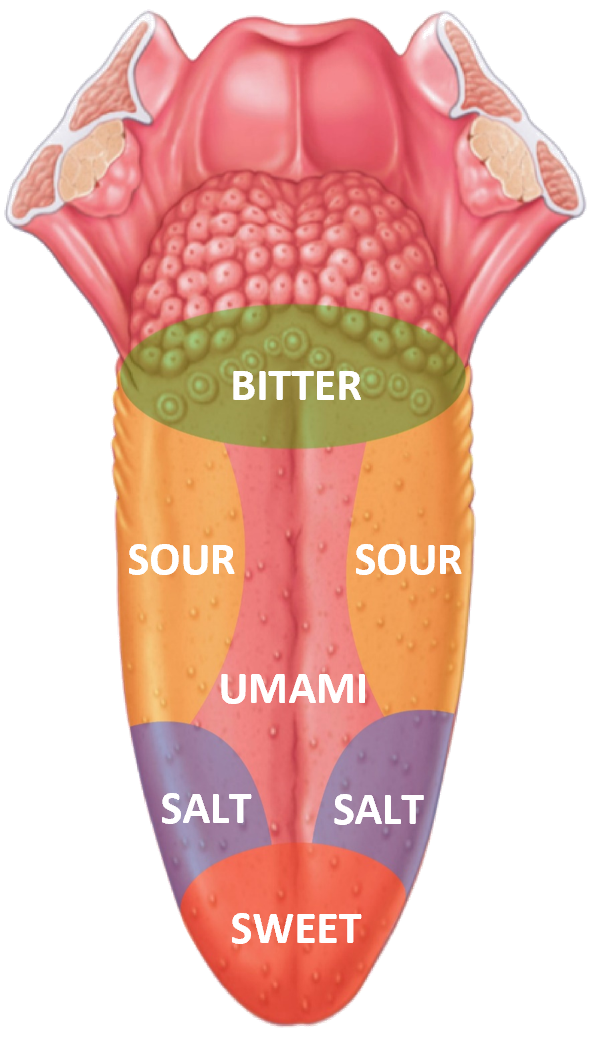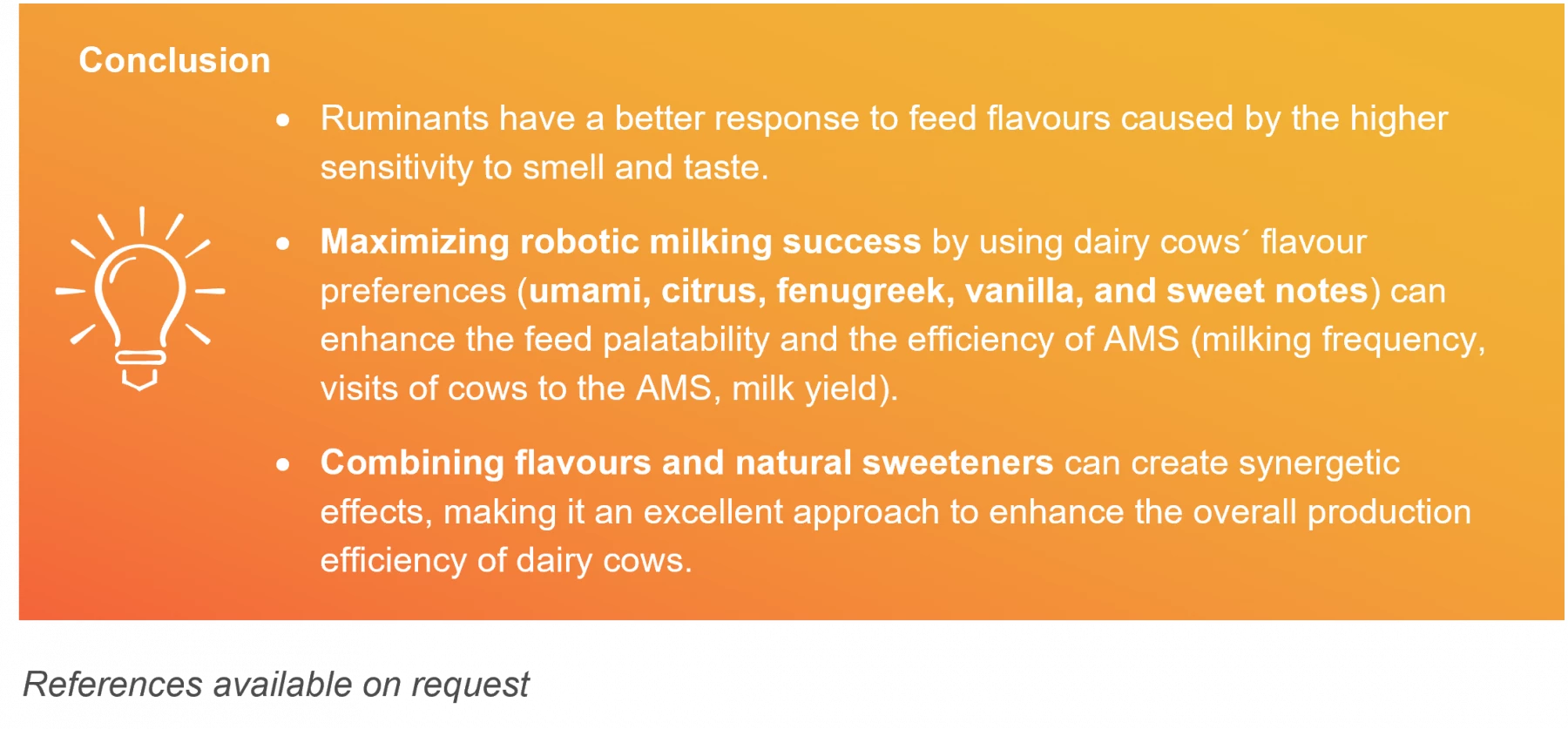
Especially in Europe, Automatic Milking Systems (AMS) have revolutionized the dairy industry by providing a labour-efficient and more compassionate approach to milking cows. Dairy cows are motivated to access the AMS by providing them with concentrated feed through an automatic feeder. As a result, cows are generally milked more than twice a day increasing the milking frequency which positively affects the milk yield. An increased milking frequency is the main factor leading to higher productivity, influenced by various factors like management and environmental conditions such as cow traffic, which can be optimized by AMS implementation.
Studies have shown that increasing milking frequency in early lactation yields a carry-over effect, subsequently enhancing the overall production efficiency of cows (Wall et al., 2013).

The Key to Robotic Milking Success
An increased number of cows with infrequent visits to the AMS is the primary reason for failure in robotic milking. In addition to the amount of pellets offered in the AMS, the palatability of the offered concentrate within the AMS (Carroll et al., 2023) as well as the physical form of the concentrate dramatically influences the eating rate of cows.
Regular concentrate mixtures contain a variety of ingredients with varying levels of palatability. Unmotivated cows can usually not be attracted to the milking unit solely through the milking process. Instead, stimulating those cows to move to the AMS by including appetizing and flavour-enhancing substances in the concentrate given through the robotic automatic dispenser often proves to be an effective approach (Migliorati et al., 2009). In this context, an optimal choice involves the synergistic use of both, flavours and sweeteners. While flavours can be used to attract cows toward the AMS, a natural sweetener can be added as a reward to encourage cows to remain in place and undergo the milking process.
Ruminants – Masters of Smell and Taste!
The palatability of feed greatly influences the feeding behaviour of livestock, particularly ruminants, due to their sensitivity to smell and taste. The tongues of dairy cows are covered with papillae including a large number of taste buds (25,000 compared to 9,000 in humans), which can detect the five basic flavours (sugar, sour, salt, bitter, umami).
Adding dairy cows’ diets with preferred flavours can be used to stimulate their feed intake, which improves the use of robotic milking systems promoting increased feed intake of sick cows.
Ruminants´ Flavour Preferences
It is well known that ruminants regulate their feed intake based on their nutritional needs. For instance, umami taste has evolved to detect protein sources, as umami receptors can identify various amino acids and simple peptides resulting from protein breakdown. The perception of sweetness indicates the presence of calories originating from carbohydrates and is associated with energy. In contrast, bitter taste serves to prevent the consumption of numerous toxic compounds, primarily found in plants.

Various studies have demonstrated that ruminants exhibit a preference for umami flavours and sweet tastes while avoiding bitter-tasting diets (Ginane et al., 2011).
Other studies have revealed that supplementing flavours like citric tastes, fenugreek and vanilla can increase the feed intake of dairy cows (Harper et al., 2016). Particularly, vanilla is an effective agent for masking bitter-tasting compounds in the feed.
Enhancing feed palatability at the AMS station by altering its taste and smell offers a promising strategy to boost cow visits to the AMS, thereby increasing milking frequency and milk production. Smell plays a crucial role in attracting cows to approach the feed, impacting motivation and appetite. Taste is key to maintaining feeding and depends on palatability.

Kontaktieren Sie unsere Experten oder schicken Sie uns eine Nachricht. Wir melden uns schnellstmöglich bei Ihnen.